The decision to invest in solar reflective roofing from Shield Roofing in San Antonio, TX, represents a strategic move towards enhanced energy efficiency and sustainability. Such roofing systems are designed to combat the urban heat island effect, effectively minimizing the absorption of solar radiation. By employing advanced materials that maintain high thermal emittance and solar reflectance, these roofs enable significant reductions in cooling costs. This innovation provides not only immediate financial relief on energy bills but also long-term benefits for both residential and commercial buildings in sunny climates.
How Solar Reflective Roofing Lowers Cooling Costs
Solar reflective roofing significantly diminishes cooling costs by enhancing energy efficiency. These roofing systems utilize materials with high solar reflectance and thermal emittance, minimizing the absorption of solar radiation. As a result, they limit the amount of heat generated, thereby reducing indoor temperatures and the reliance on air conditioning systems, which leads to lower energy costs. Building owners can experience substantial energy savings, particularly in sunny climates, creating a more comfortable environment while also contributing to urban heat island mitigation and lowering overall energy consumption.
Understanding How Reflectivity Works
Reflectivity in roofing refers to materials’ ability to reflect solar radiation rather than absorb it, measured by the Solar Reflectance Index (SRI). High SRI values indicate effective cool roof products that reduce heat absorption and mitigate urban heat islands.
The effectiveness of reflective roofing varies with materials and local climate. Lighter surfaces typically reflect more than half of sunlight, enhancing energy efficiency by lowering indoor temperatures. This leads to reduced energy consumption and less reliance on air conditioning, appealing to building owners and sustainable construction advocates. High thermal emittance values can further improve roof performance.
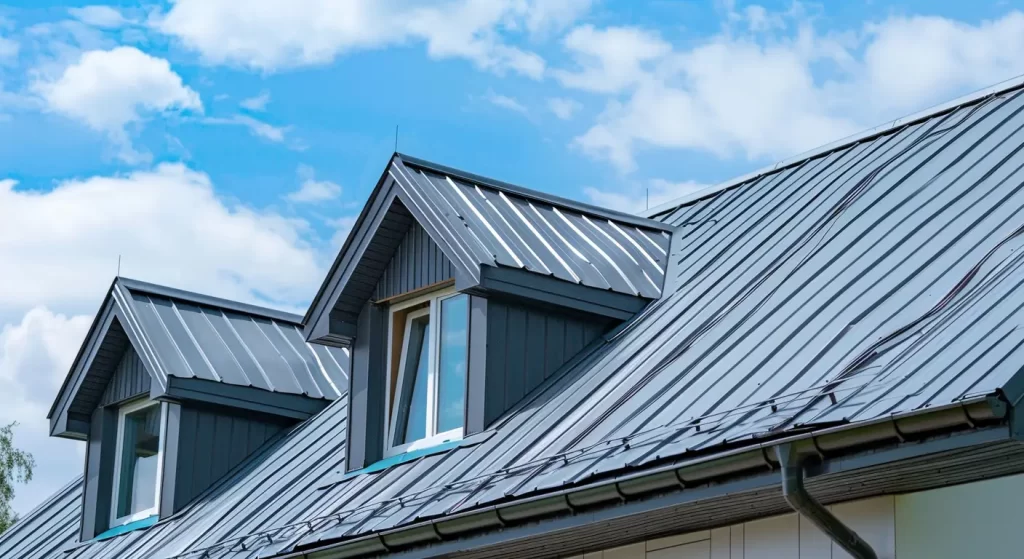
Impact on Indoor Temperatures and HVAC Use
Smart roofing solutions provide significant benefits by moderating indoor temperatures in office buildings. By enhancing the building’s ability to reflect solar radiation, the interior remains cooler, reducing reliance on air conditioning systems. With less heat absorbed, buildings experience lower energy consumption and diminished energy bills, alleviating the impact of the urban heat island effect. This shift in thermal dynamics ensures improved indoor comfort levels, promoting a healthier living environment. Consequently, HVAC systems operate more efficiently, resulting in extended service life and optimal energy efficiency.
Solar Reflective Roofs vs. Traditional Roofing
Considerable differences exist between solar reflective roofs and traditional roofing systems, particularly in energy efficiency and thermal performance. Reflective roofs are designed to minimize heat absorption, effectively reducing indoor temperatures during peak sun exposure, whereas roofs in darker colors tend to absorb more heat, increasing air conditioning reliance. Additionally, solar reflective roofing materials contribute to urban heat island mitigation, promoting environmental benefits by lowering energy consumption and greenhouse gas emissions associated with cooling. Thus, investing in solar reflective options can yield significant energy savings over time.
Key Differences in Energy Efficiency
Several distinctions in energy efficiency set solar reflective roofing apart from traditional options. Reflective roofs can effectively diminish solar radiation absorption, reducing the amount of heat transferred indoors. This leads to remarkable energy savings, as less air conditioning is needed to maintain comfortable indoor temperatures. Traditional roofing materials often lack high thermal emittance, resulting in elevated energy consumption and increased cooling costs. Consequently, building owners can benefit not only from lower energy bills but also from a reduced environmental impact through sustainable practices.
Heat Absorption and Interior Comfort Levels
Reflective roofing significantly minimizes heat absorption, leading to improved indoor comfort levels. By utilizing materials that exhibit high thermal emittance and excellent solar reflectance, these roofs effectively reduce the amount of heat transferred into buildings. Consequently, this aids in decreasing reliance on air conditioning, ultimately lowering energy use and costs. Furthermore, maintaining a cooler indoor environment enhances occupant satisfaction, contributing to overall well-being. Understanding the dynamics of heat absorption is essential for optimizing energy efficiency in both residential and commercial properties.
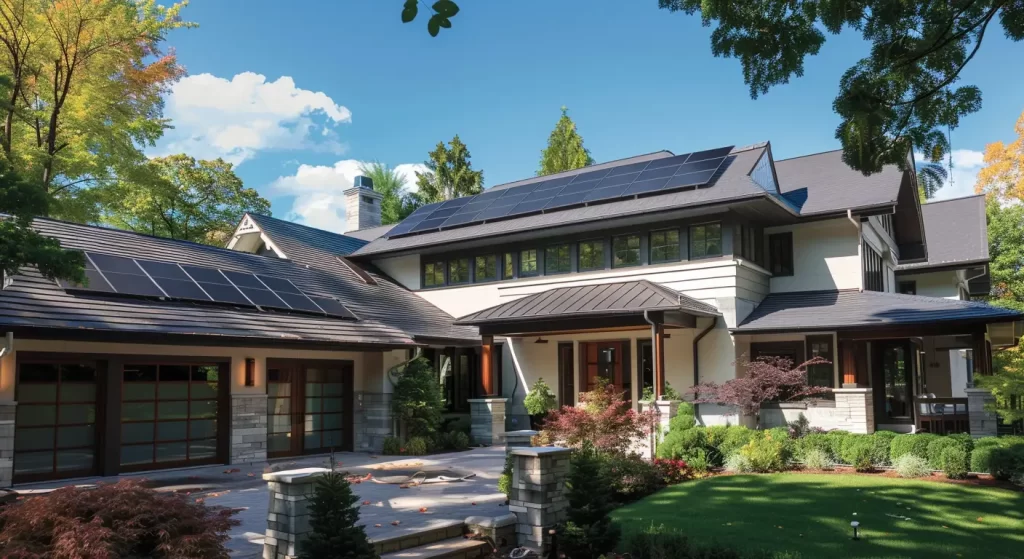
Types of Solar Reflective Roofing Materials for Hot Climates
A variety of solar reflective roofing materials can enhance energy efficiency in hot climates. Cool roof shingles, such as those from Owens Corning and GAF, feature reflective granules that minimize heat absorption, thereby reducing indoor temperatures. Additionally, metal roofs are recognized for their high thermal emittance and durability, making them ideal for sunny environments. Tile options, including concrete and clay, also offer effective solar reflectance, contributing to urban heat island mitigation while providing aesthetic appeal for residential and commercial buildings alike.
Cool Roof Shingles (Owens Corning, GAF, and Others)
Cool roofing shingles offered by manufacturers like Owens Corning and GAF are designed to enhance energy efficiency significantly. These products incorporate reflective granules that effectively bounce sunlight away, minimizing heat absorption and reducing indoor temperatures. Selecting these shingles can lead to less reliance on air conditioning, translating into substantial energy savings. Additionally, certified through the Cool Roof Rating Council, these cool roofing shingles contribute to urban heat island mitigation, making them a prudent choice for environmentally conscious building owners.
Metal, Tile, and Membrane Options
Several effective materials are available for solar reflective roofing, including metal, tile, and membrane options. Metal roofs, often coated with reflective finishes, excel in reducing thermal absorption, making them ideal for hot climates. Tile roofs can also feature reflective properties through specific coatings that enhance their solar reflectance index. Membrane roofing systems, typically used in commercial settings, offer a range of vinyl and rubberized options as roof coverings designed to maximize energy efficiency and cool roof performance, ensuring lower cooling costs and improved indoor comfort.
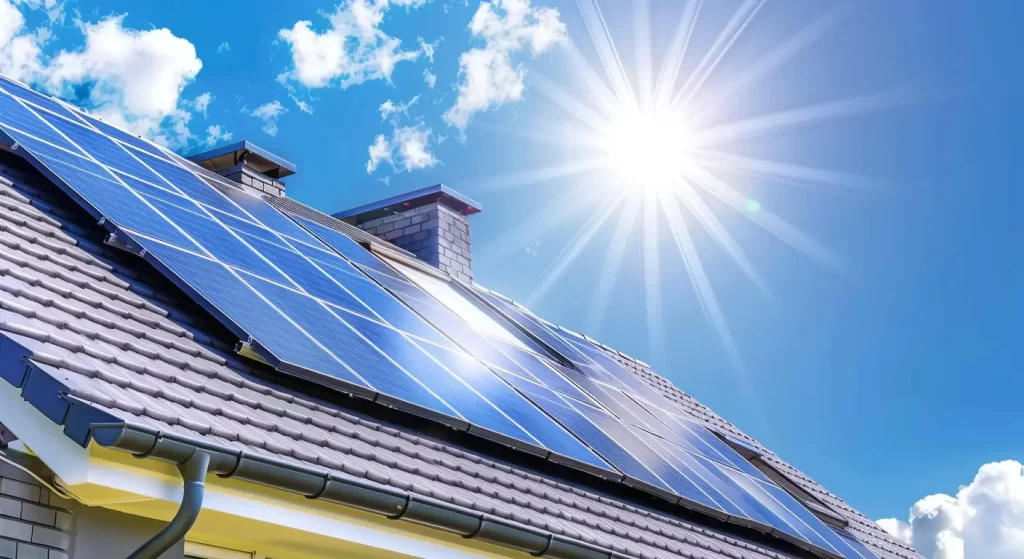
The Importance of Solar Reflectance Index
Understanding the Solar Reflectance Index (SRI) is crucial for making informed choices in roofing. SRI measures a roofing material’s ability to reflect aged solar reflectance energy and emit thermal radiation, significantly impacting energy savings and indoor comfort. A higher SRI value indicates better cooling performance, especially in hot climates, reducing energy bills by lowering air conditioning demands. Selecting materials with favorable SRI ratings not only enhances energy efficiency but also contributes to urban heat island mitigation, ensuring long-term environmental benefits for building owners.
How to Read Product Ratings and Choose Wisely
Understanding product ratings is crucial for selecting effective solar reflective roofing. Key metrics, such as the Solar Reflectance Index (SRI), provide insights into a material’s ability to mitigate heat absorption, aiding energy efficiency in cooling systems. Higher SRI values indicate superior performance in reflecting solar radiation, significantly influencing indoor comfort and reducing HVAC reliance. Prioritize roofing products that demonstrate high thermal emittance and reflectivity to maximize energy savings and ensure longevity for your roofing investment.
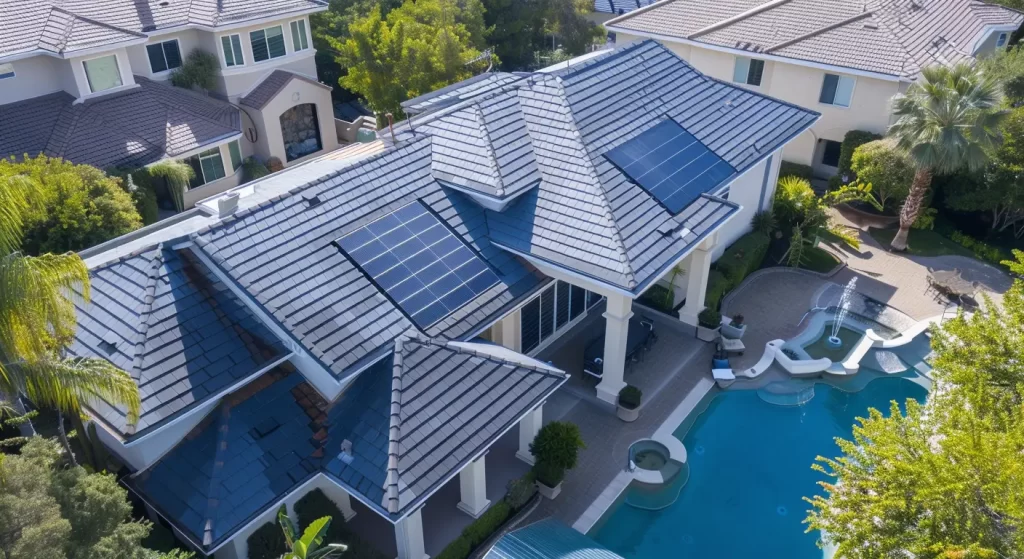
Lowering Your Energy Bill with Reflective Roofing
A significant reduction in energy bills is achievable through the installation of reflective roofing, contributing to cooling energy savings. By harnessing solar reflectance, reflective roofs minimize heat absorption, resulting in lower indoor temperatures and decreased reliance on air conditioning systems. In sunny climates, the ongoing energy savings can be substantial, especially for commercial buildings and residential properties alike. An understanding of factors such as local climate, roofing materials, and energy efficiency will ensure homeowners maximize their investments while contributing to a reduction in greenhouse gas emissions.
Realistic Cost Savings Estimates for San Antonio, TX Homeowners
Homeowners in San Antonio, TX can expect substantial energy savings by adopting solar reflective roofing. Research indicates that these systems can reduce cooling costs by 20% to 40%, depending on the existing roofing materials and local climate conditions. Given the intensity of summer heat, energy consumption for air conditioning can significantly decrease, leading to noticeable reductions in energy bills. Additionally, with financial incentives available, the return on investment improves, making reflective roofs a wise choice for long-term energy efficiency.
Factors That Affect Actual Savings
Several factors determine the extent of savings realized through solar reflective roofing. Geographic location plays a crucial role, as hot climates benefit more significantly from reduced cooling costs than cooler ones. Additionally, the existing roofing material impacts effectiveness; darker roofs absorb more heat, diminishing energy efficiency. The building’s orientation and shading from nearby structures can also influence solar radiation exposure. Proper installation and maintenance further ensure optimal performance, ultimately maximizing energy savings and reducing overall energy consumption.
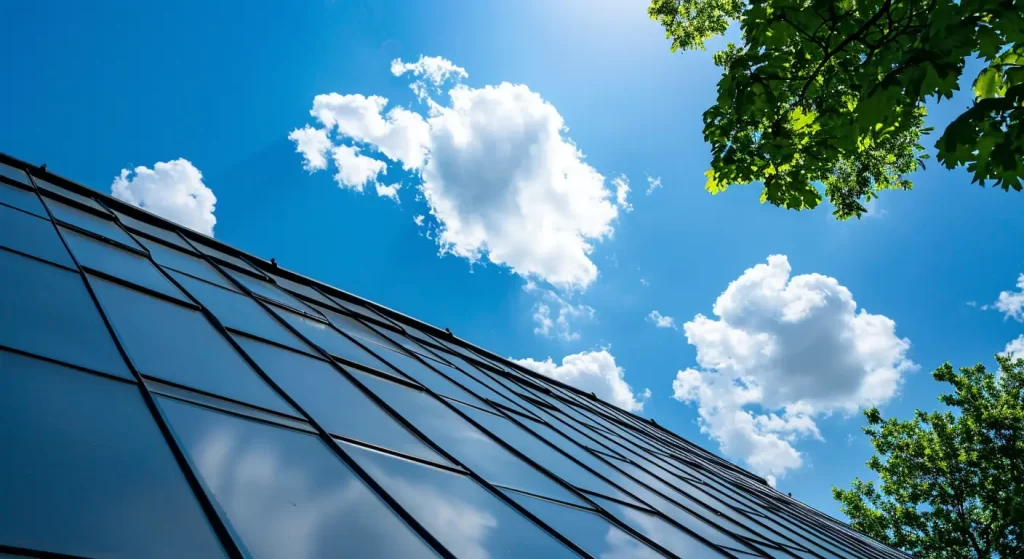
What to Know Before Installing a Solar Reflective Roof
Installation of a solar reflective roof requires careful consideration of both the process and potential challenges. It differs from standard roofing in techniques and materials, often utilizing advanced cool roof products designed for thermal emittance and durability. Regular maintenance of these roofing systems is imperative to preserve their reflective properties and increase their service life. Additionally, understanding roofing materials, such as metal or tile, can help maximize energy efficiency and enhance indoor comfort levels while mitigating urban heat island effects.
Installation Process vs. Standard Roofing
Installation of solar reflective roofing involves specific procedures that differ from traditional roofing methods. Typically, these cool roof systems require careful assessment of existing structures, ensuring optimal compatibility with reflective materials designed to reduce heat absorption. Utilizing high thermal emittance products, such as specialized coatings or reflective granules, including cool coatings, can enhance performance. Professional installers ensure that each component is effectively integrated, offering long-term energy savings and improved indoor comfort, while adhering to industry standards set by organizations like the Cool Roof Rating Council.
Maintenance Needs and Common Challenges
Regular maintenance of solar reflective roofing is essential to ensure optimal performance and longevity. Periodic inspections can help identify issues such as accumulated debris, which can hinder the roof’s reflective properties. Additionally, addressing minor repairs promptly can prevent escalation into more significant problems. Common challenges include environmental factors that could compromise the roof’s integrity, like harsh weather conditions or UV degradation. Employing proper maintenance practices not only enhances energy efficiency but also maximizes the roof’s lifespan and contributes to overall environmental benefits.
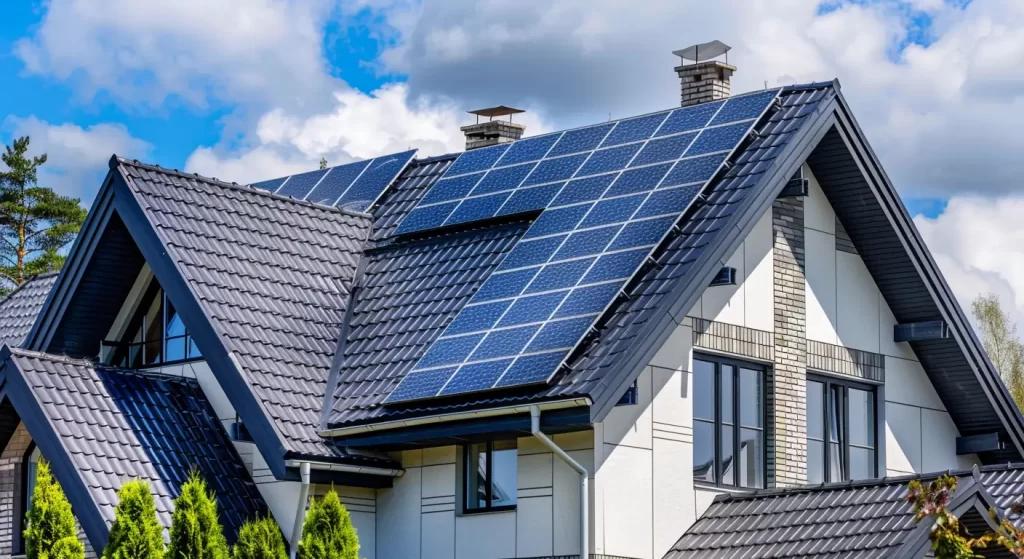
In Summary
Solar reflective roofing offers significant benefits for residential and commercial buildings in hot climates. With over 25 years of experience and certifications from Owens Corning, GAF, BBB (A+), CTRCA, and Directorii, we specialize in these innovative materials. They help reduce urban heat islands, lower cooling costs, and decrease reliance on air conditioning. By enhancing indoor comfort and cutting greenhouse gas emissions, reflective roofs promote sustainability. Ultimately, investing in solar reflective roofing creates a cooler environment and boosts energy efficiency for a brighter future, even in rural areas.
Read our blog: Benefits of Periodic Professional Roof Inspections
Frequently Asked Questions
Are solar reflective shingles worth it?
Solar reflective shingles are often worth the investment due to their enhanced energy efficiency, leading to lower cooling costs and improved interior comfort. They can significantly reduce heat absorption, making your home more comfortable while potentially lowering your energy bills over time.
Do solar panels on the roof make a house cooler?
Yes, solar panels can help keep a house cooler. By absorbing sunlight and converting it into energy, they reduce the heat transferred to the roof. This minimizes indoor temperatures and lowers the demand on HVAC systems, contributing to overall energy efficiency.
